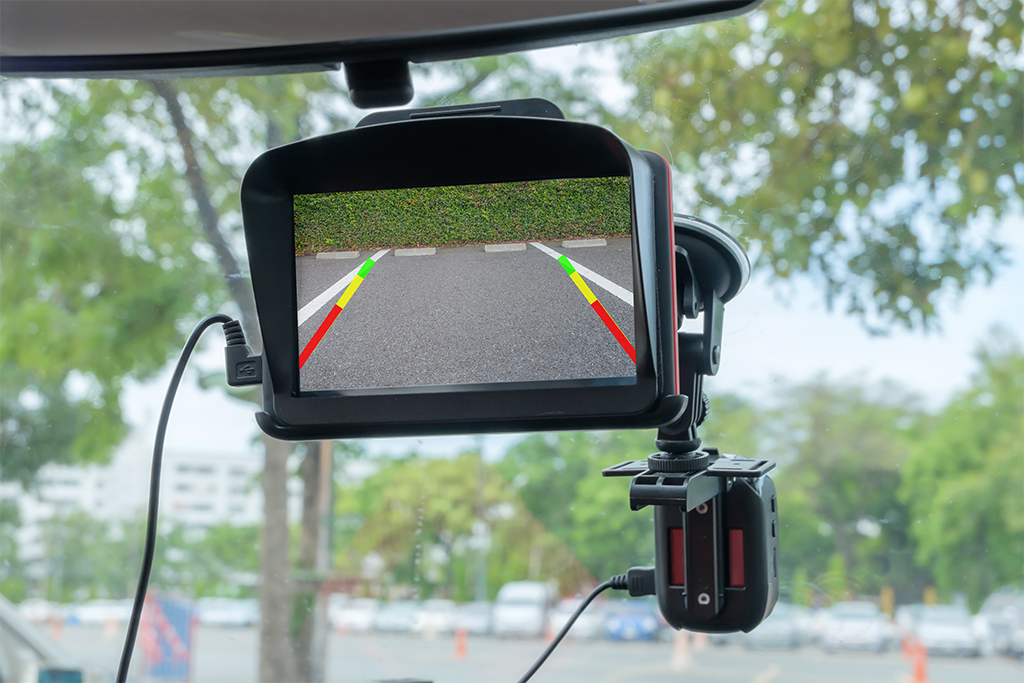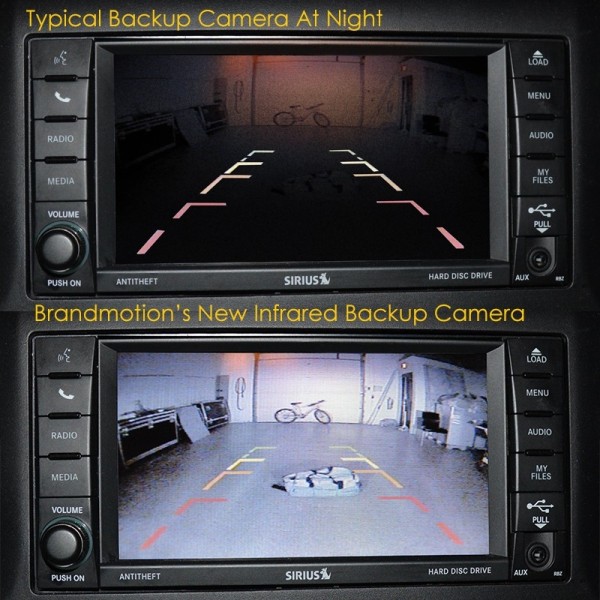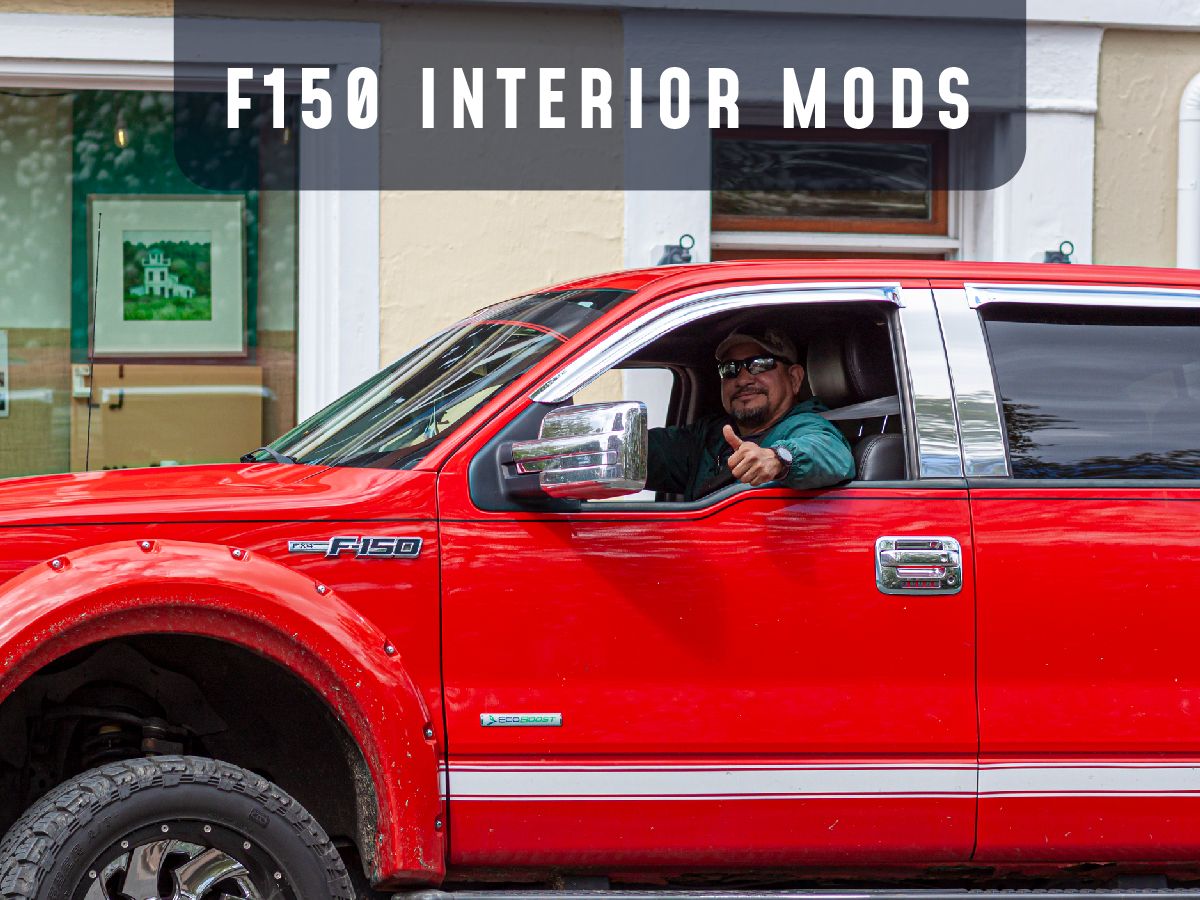Cleaning and maintaining your rear camera is just as easy as installing it and can significantly improve the safety and drivability of your vehicle
Dangerous Location
Before we begin, we must recognize that rear-mounted cameras are mounted on the rear bumper, which is designed to take damage. Road debris and rear-end collisions can damage or destroy your camera rig, which – per RepairPal – can cost up to $4,600 to service in higher-end vehicles. The alternative is to opt for rearview mirror-mounted cameras, but the trade-off is a reduction in rear visibility – a rear-view mirror cannot see immediately behind its vehicle.

Keeping Clean
The rear camera is located outside the vehicle, where it will be subject to pollutants such as road salt and brake dust. It is wise to regularly maintain your camera’s lens, as a dirty camera lens – like a dirty windshield – will seriously compromise your driving visibility.
Fortunately, this is a simple task. Regular car washes will keep your camera lens clean. Additionally, a coat of a water- and dirt-resistant product, like RainX, will help slow grime build-up, and the occasional use of a residual oil remover will help keep the lens in optimal condition.
If you are noticing that your camera lens needs to be cleaned excessively often, however, it may mean that your camera is mounted too close to the road and may need to be repositioned.
Most factory-installed and aftermarket cameras do not require extraordinary maintenance. During heavy rain or snow seasons, it is recommended that you check to see that the camera is not obscured before driving. Camera source.com's explanatory resources can help you troubleshoot your backup camera if you find that it has grownfoggy or blurry. Some car models, such as the 2014 Nissan Altima and the 2014 Nissan Rogue have a built-in rearview camera cleaning system that sprays water directly onto the lens and then dries it with a puff of air.
There is a danger, however, that over-reliance on a rearview camera may make driving unsafe. “There are certainly sometimes conditions where performance of the system might be not as optimal as in other conditions. That’s one reason we’ve had our systems focused on being an aid,” Tony Baehner, Nissan’s chief spokesman on back-up camera technology, said to Edmunds. “If visibility is limited and it’s dark and you can’t see, a camera of any system is going to be sensitive to some of those.”
Drivers are advised to continue checking their rearview and side mirrors and to look over their shoulders to see what is behind them. Rearview cameras are best used to spot obstacles that cannot be easily seen without exiting the vehicle.
Winter Maintenance
Electronics tend to malfunction under extreme temperatures. LCDs will become slow to respond until they warm up, vision systems with independent lenses may show a distorted image as the lenses change shape in the temperature, and frost and ice may gather in areas that distort or obscure normal system operations. Just as an engine may need to warm up in cold weather, a rearview camera may need a moment to reach optimal performance temperature as well. Fortunately, it usually takes less than a minute for the system to prime.
Drivers must be aware of weather conditions and how this may affect their visibility systems. In vehicles without self-cleaning units, road grime, slush, mud, salt, and snow can quickly accumulate on a camera, rendering it useless. Even rain may be enough to distort an image. Application of a windshield protectant will help, but drivers should have a strategy planned to quickly address the issue, should it arise. Having glass wipes or an eyeglass cleaning kit in your glove compartment is a wise precaution.

Be Gentle
Even though rearview cameras need some TLC, this low-level maintenance need be no more invasive than regularly wiping your eyeglasses. Similar to eyeglasses, the best way to preserve your rearview camera is to avoid scratches and other user-inflicted damage. Use a soft brush or a lint-free cloth designed for cleaning glass on your camera rig, and avoid any caustic or harmful chemicals.
Conclusion
Like your windshield and your headlights, your rearview camera needs care to ensure optimal visibility. Fortunately, this care is easy to apply and can be made into a regular part of your automotive maintenance schedule with little effort.
A properly working rearview camera system improves the safety of your vehicle and significantly reduces the possibility of accidents. Learn how your backup camera works so that you'll be able to fix it breaks! Taking a little extra time to think about your rearview camera will greatly improve the drivability of your car and the safety of yourself, your passengers, and others around you.








